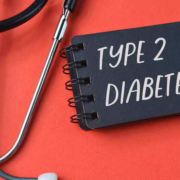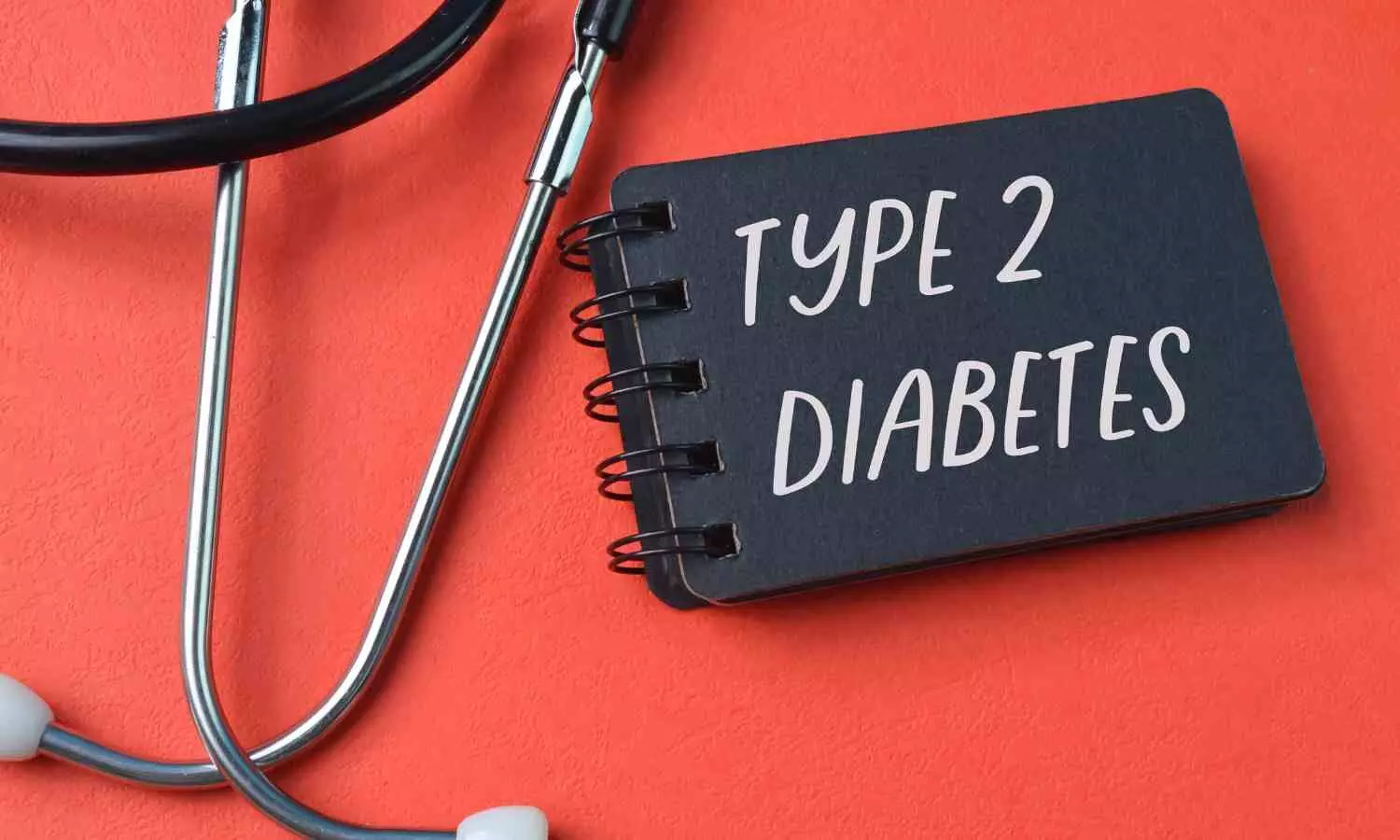We have entered a new era of improved and emerging biologically-based diagnostic biomarkers for Alzheimer’s disease (AD) and AD-related neurodegenerative disorders (ADRD) that are rapidly impacting evaluation and care paradigms in every clinical setting: primary care, specialty care and dementia subspecialty care.
A comprehensive evaluation includes setting goals in partnership with the patient and usually a care partner; obtaining information about the patient’s risk profile for AD or a related disease (e.g., age, family history of dementia, hypertension, smoking); describing the history of symptoms and their impact on daily life; evaluating the patient’s ability to perform tests of thinking abilities; and obtaining a brain MRI or CT scan along with laboratory tests for conditions that may contribute to cognitive impairment. The integration of new brain scans, spinal fluid tests, or other specialized tests into this comprehensive evaluation will add critical value to the diagnostic formulation and care plan for persons in whom there is a clinical concern for AD or an ADRD.
A special issue of the journal Alzheimer’s & Dementia: The Journal of the Alzheimer’s Association highlights the new Alzheimer’s Association Clinical Practice Guideline for the Diagnostic Evaluation, Testing, Counseling and Disclosure of Suspected Alzheimer’s Disease and Related Disorders (DETeCD-ADRD CPG) that summarizes the process of diagnostic evaluation and disclosure for persons suspected of potentially having cognitive-behavioral impairment due to AD or ADRD. ADRDs include Lewy Body Disease, Frontotemporal Lobar Degeneration, Vascular Cognitive Impairment and Dementia (VCID), and a host of other diseases and conditions that may cause or substantially contribute to cognitive-behavioral impairment. Similar American guidelines are more than 20 years old and aimed at specialists or dementia subspecialists.
“With this guideline, we expand the scope of prior guidelines by providing recommendations for practicing clinicians on the process from start to finish,” said Brad Dickerson, M.D., Director of the Massachusetts General Hospital Frontotemporal Disorders Unit and Professor of Neurology at Harvard Medical School. “We recommend that medical professionals begin by making sure their thinking about the goals of the evaluation aligns with that of the patient, which usually requires a discussion to educate the patient on the specific steps of the process. Then we outline the steps involved in obtaining information about symptoms and examination, followed by a variety of diagnostic tests tailored to the patient, and summarize best practices regarding the diagnostic disclosure process.”
“We emphasize the importance of the involvement of a care partner throughout this process for most patients, since cognitive symptoms often compromise a person’s ability to process all of this information by themselves,” Dickerson added.
This guideline does not propose diagnostic or staging criteria for these diseases, which continue to evolve. Rather, it provides a framework for a high-quality process tailored to each individual patient that enables clinicians to establish a three-step diagnostic formulation including:
- Cognitive Functional Status-the overall level of impairment, such as mild cognitive impairment or dementia.
- Cognitive-Behavioral Syndrome- the symptoms the person is experiencing (e.g., progressive language difficulty and memory loss with depression).
- The likely brain disease(s) or condition(s) causing the symptoms.
“The workgroup provides rigorous, evidence- and practice-informed foundational steps that capture the core elements of a high-quality evaluation and disclosure process,” Dickerson said. “The guidelines are formulated into 19 practical recommendations that are applicable to any practice setting, including primary care, along with additional guidance for specialists and subspecialists.”
In this special issue of Alzheimer’s & Dementia, the three executive summaries* by the DETeCD-ADRD CPG workgroup distill these recommendations, briefly summarize the evidence supporting them, and operationalize them as a series of steps in an evaluation process. A comprehensive report hosted online provides extensive details about the guideline development methodology, evidence review process, peer review process, rationale and recommendations for implementation, and specific narratives with evidence supporting each recommendation.
“The AD/ADRD field has entered a new era and is moving rapidly, which is very exciting,” said Alireza Atri, M.D., Ph.D., Chief Medical Officer, Banner Research, and Director of the Banner Sun Health Research Institute, Banner Health, Sun City and Phoenix, Arizona, and Lecturer on Neurology, Brigham and Women’s Hospital and Harvard Medical School. “This first U.S. interdisciplinary national evaluation guideline, designed for broad clinical settings, provides a comprehensive foundation summarizing a high-quality and personalized process within which specific tests are slotted and can be updated as the field evolves.”
“Some details of the guideline will likely require modification as new tools and biomarkers become sufficiently validated for appropriate clinical use in real-world practice. The workgroup leveraged best evidence and practices to empower persons with memory or thinking symptoms or concerns and their loved ones, clinicians, and health systems, to engage in a person-centered process that will enhance knowledge, appreciation and autonomy for the person with a potential illness — and facilitate doing what is right for them,” Atri said.
The DETeCD-ADRD CPG workgroup includes experts from multiple disciplines and multiple care settings, including primary care and specialty care. The guideline concludes that if clinicians use the recommendations in this guideline and health care systems provide adequate resources, outcomes should improve in most patients in most practice settings.
“We encourage clinicians to review these guidelines and incorporate them into their practice,” said Maria C. Carrillo, Ph.D., Alzheimer’s Association chief science officer and medical affairs lead. “These guidelines are important because they guide clinicians in the evaluation of memory complaints, which could have many underlying causes. That is the necessary start for an early and accurate Alzheimer’s diagnosis. In addition, these guidelines provide clinicians information about other underlying causes that may contribute to the memory complaints.”
Reference:
The Alzheimer’s Association Clinical Practice Guideline for the Diagnostic Evaluation, Testing, Counseling and Disclosure of Suspected Alzheimer’s Disease and Related Disorders (DETeCD-ADRD): Executive Summary of Recommendations for Primary Care,” Atri, et al. https://doi.org/10.1002/alz.14333
“The Alzheimer’s Association Clinical Practice Guideline for the Diagnostic Evaluation, Testing, Counseling and Disclosure of Suspected Alzheimer’s Disease and Related Disorders (DETeCD-ADRD): Executive Summary of Recommendations for Specialty Care,” Dickerson, et al. https://doi.org/10.1002/alz.14337
“The Alzheimer’s Association Clinical Practice Guideline for the Diagnostic Evaluation, Testing, Counseling and Disclosure of Suspected Alzheimer’s Disease and Related Disorders (DETeCD-ADRD): Validated Clinical Assessment Instruments,” Atri, et al. https://doi.org/10.1002/alz.14335
















